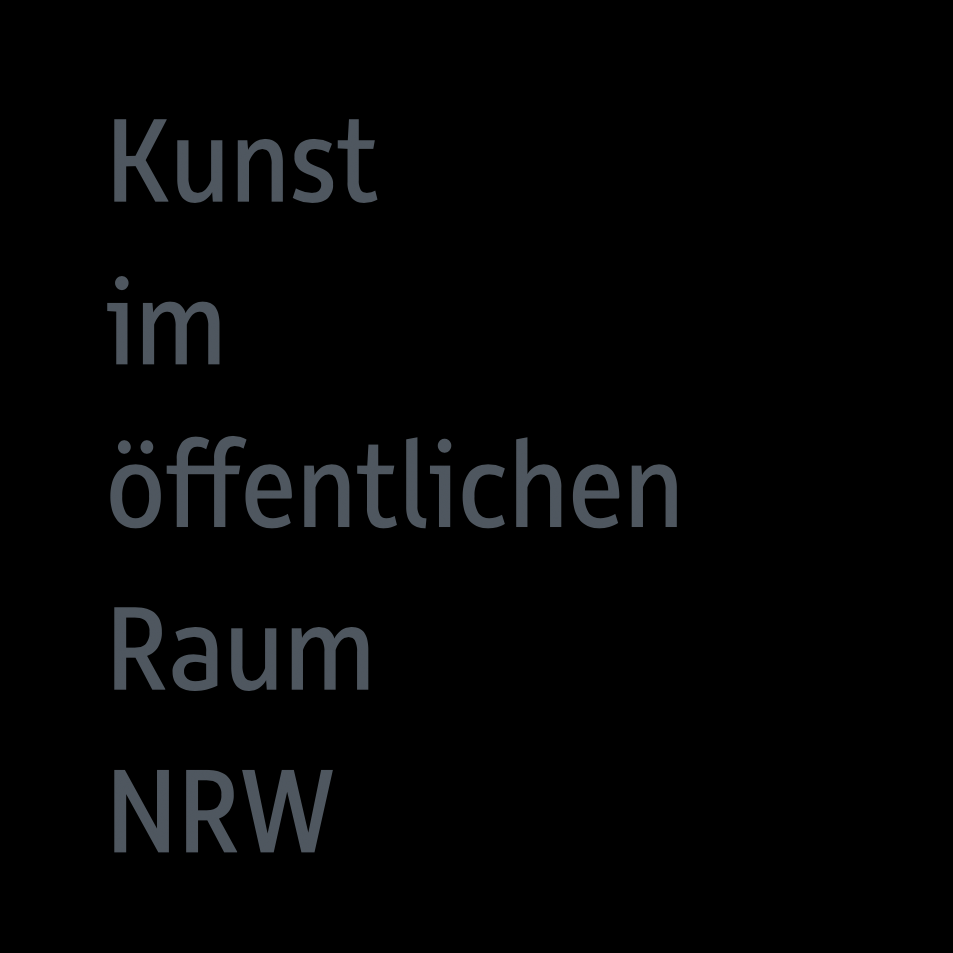Museum Insel Hombroich
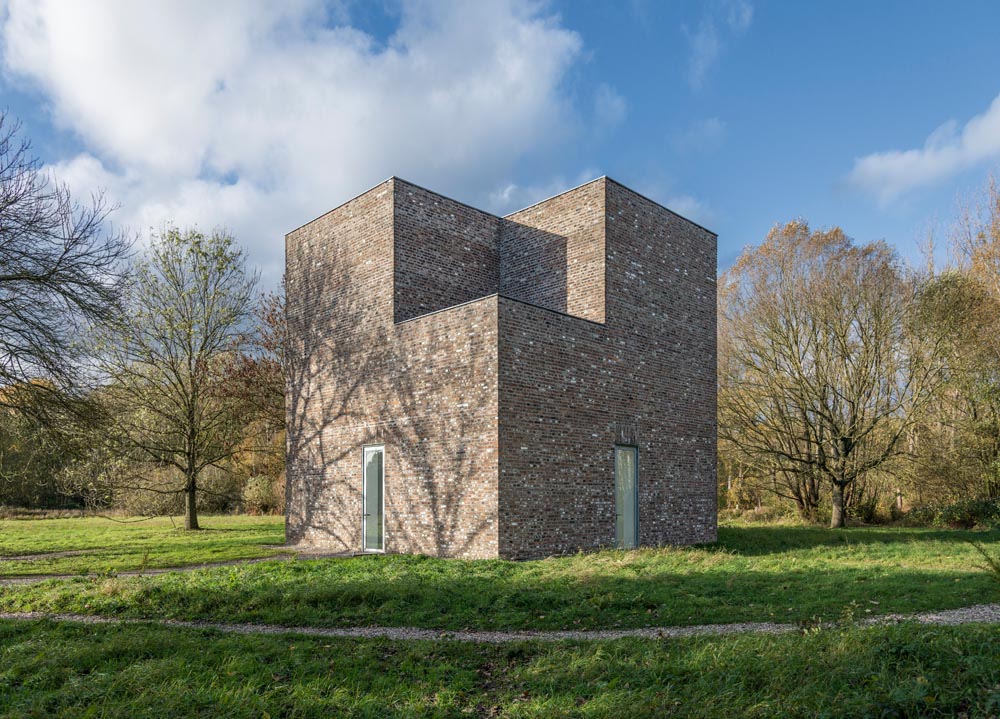
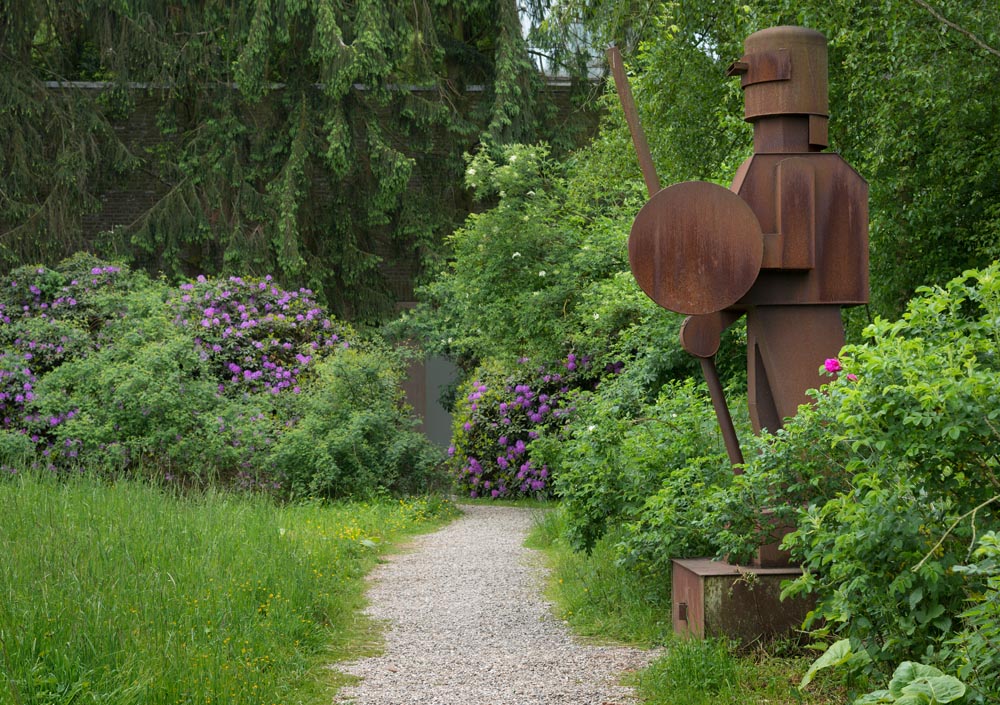
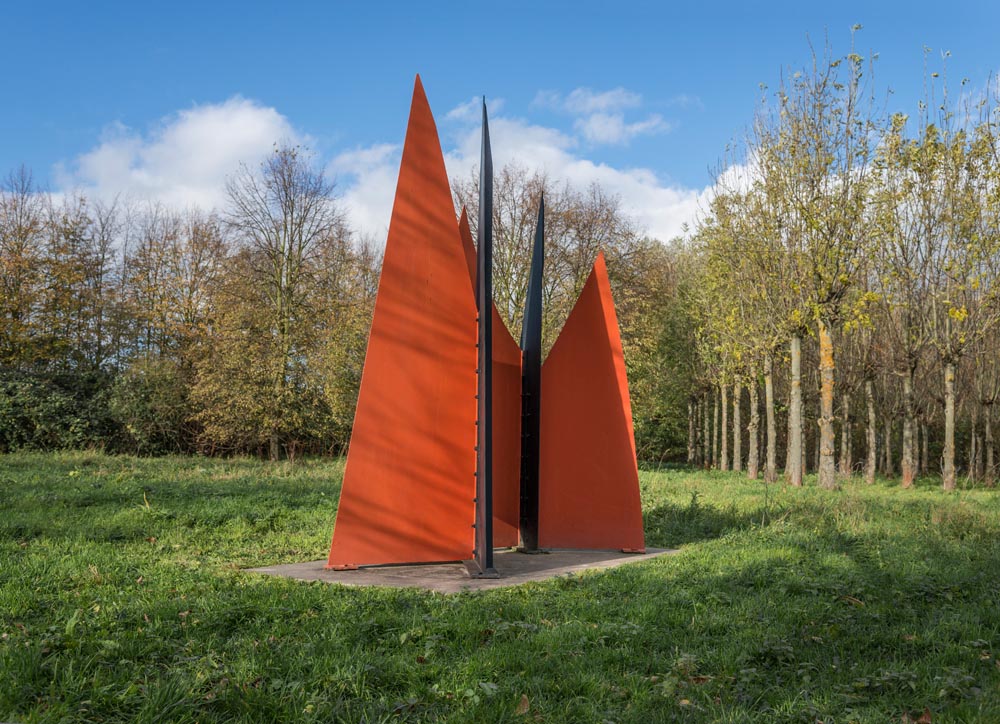
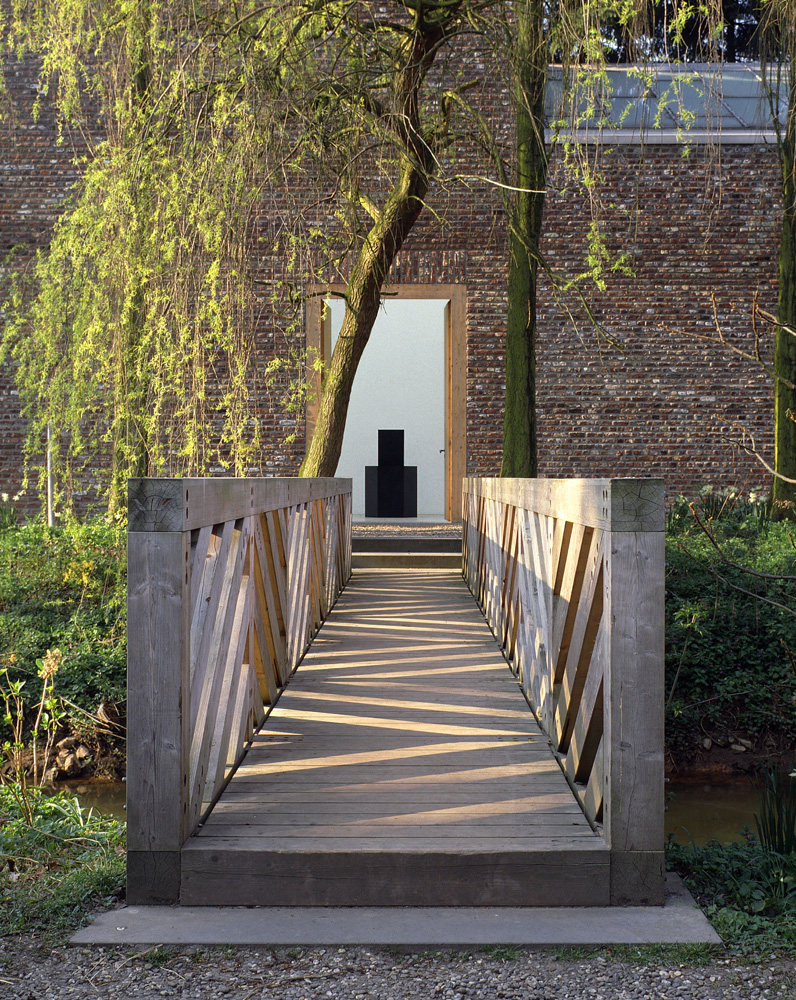
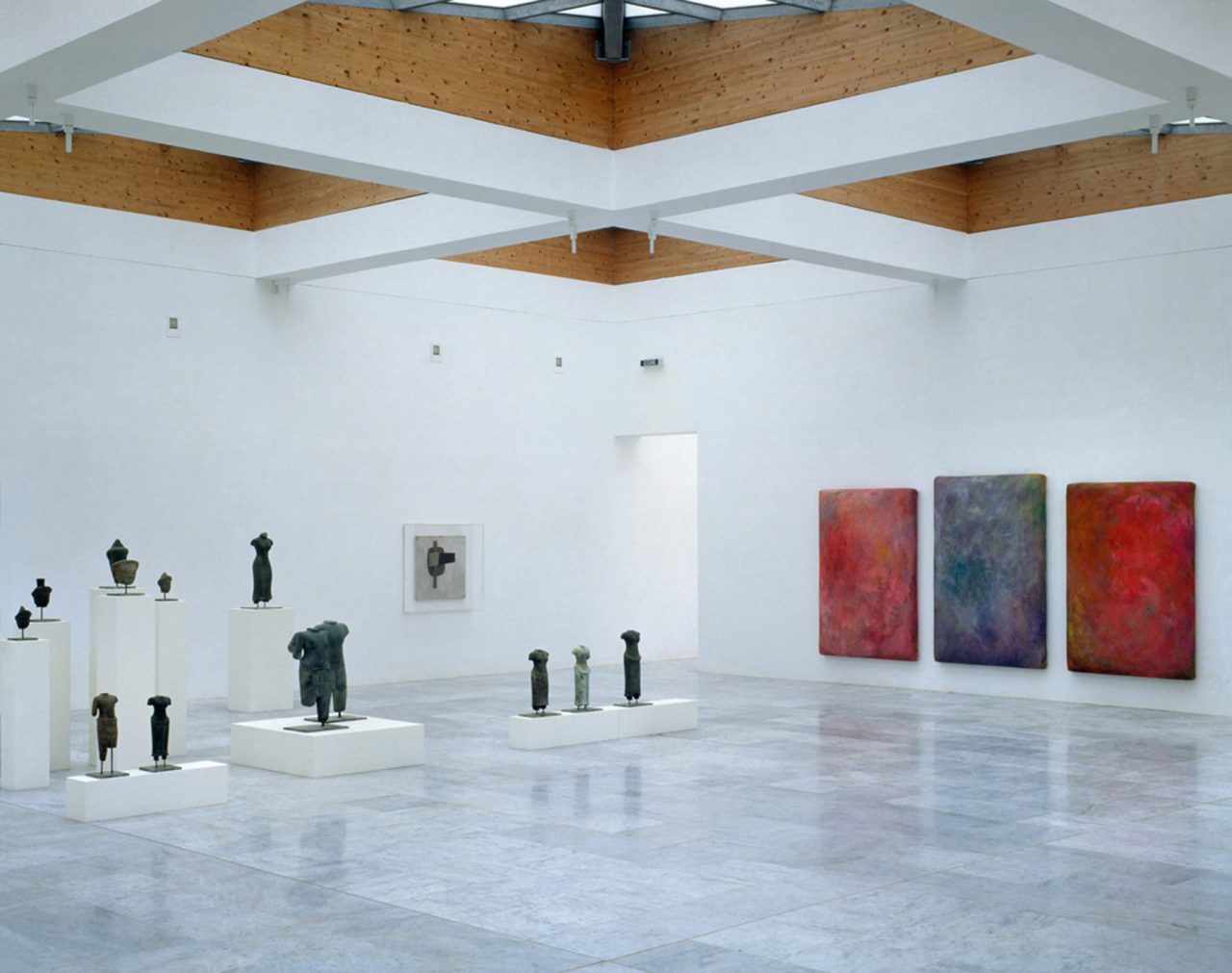
Opened in 1987, the Museum Insel Hombroich is a unique ensemble of art, architecture, and landscape. Presenting artworks from the collection of Karl-Heinrich Müller (1936–2007), visitors can see examples of East Asian art, as well as works by Lovis Corinth, Hans Arp, Kurt Schwitters, Alexander Calder, Eduardo Chilllida, Norbert Kricke, Yves Klein, and Gotthard Graubner, among others. Karl-Heinrich Müller wanted to share his collection, while also implementing French painter Paul Cézanne’s idea of art as “a harmony parallel with nature.”
In 1982 he discovered an abandoned 18th-century mansion with an overgrown park in the Neuss Erftauen and purchased the arable adjacent land. Landscape architect Bernhard Korte then transformed the sparse grounds into an “Arcadian” landscape. Erwin Heerich, professor of sculpture at the Düsseldorfer Akademie, designed ten accessible sculptures as spaces for art. The pavilions are affected by the daylight, creating a different mood depending on the time of day and season.
A walk through the museum is a journey of discovery, with Khmer sculptures, as well as works by Alexander Calder, Erwin Heerich, Oliver Kruse, Carl Visser, and Anatol. Beuys’s student Anatol has particularly left his mark here with stone, iron, and wood sculptures. At one point, he moved to Hombroich on Müller’s invitation and now still works in the studio set up for him there.
Since 1998, the Museum Insel Hombroich, the Raketenstation Hombroich, and Kirkeby-Feld have belonged to the Stiftung Insel Hombroich, which serves to continue Karl-Heinrich Müller’s work and ideas.
Museum Insel Hombroich
← Zur Startseite
Neuss, Raketenstation Hombroich 4
